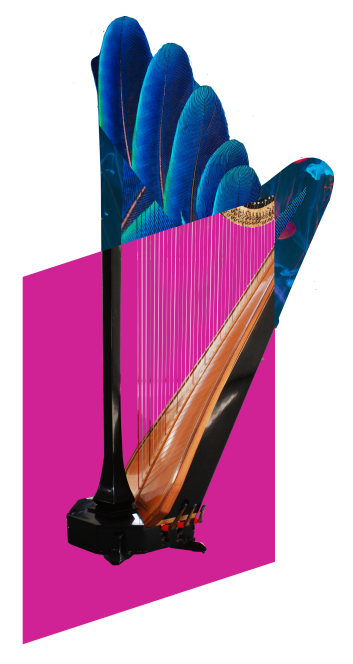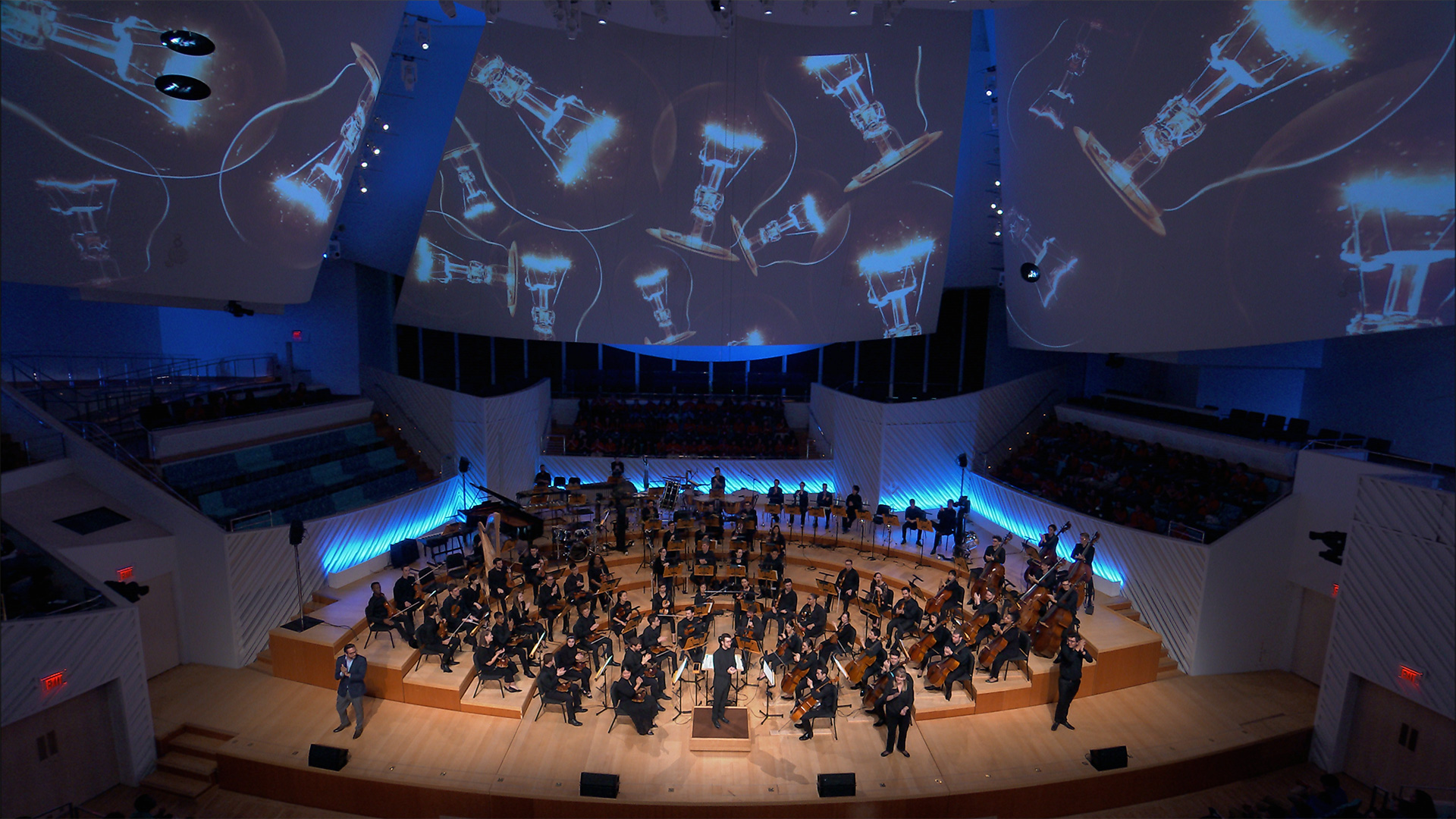Texture Trials & Chamber Music Challenge

Goals
Audience will understand different roles in texture/orchestration. Audience will understand how a chamber music group functions as an ensemble.
Overview
Chamber group members will take on different roles in the texture (bass, melody, etc.), and discuss how they play together as an ensemble.
Process
- Identify different roles in the texture, and write out as many different lines as you have chamber group members (or performers demonstrating).
- In performance: perform once, then ask the audience to choose who plays what role. Eg. ask who should play the melody, the rhythm line, the bass, the countermelody, etc. (For Interactivity Level 2, simply demonstrate these steps).
- Discuss roles in a chamber ensemble, and how you make music together.
Audience Type

What does this activity look like in action?
Example Script:
Piece: Copland – Appalachian Spring, using “Simple Gifts” tune for the activity.
Performer: (Perform 3 part version – basic melody, counter melody, and drone)
We just heard a simplified version of the next work on the program. We broke it down to three simple roles, can anyone tell me what they think those roles were?
We had a melody, counter melody, and a drone! Let’s hear that again in a different voicing, would someone like to choose who plays which line?
(Perform the chosen voicing)
Did you like that voicing better than the original?
Step 2! How do you think the three of us were able to play together without a conductor?
We’ll play this again, but who do you think should lead this time, the voice with the melody, or the voice with the drone?
(Perform again, leading with chosen voice)
(Discuss chamber music ad lib: discuss following dynamic and phrasing cues from the leader, discuss which voice is best at leading, talk about instrumentation and considerations, etc.)
Watch the musicians as we perform this piece in its fullest version, and see if you can notice different roles the different voices have, what instruments those voices occur in, and how the musicians take cues from one another.
(Perform full Appalachian Spring).

Modifications
- If in a classroom setting, chamber music discussion can be as involved as you’d like. Can incorporate audience participation by getting students to come up and do leader/follower activities, where the follower mirrors the leader’s actions.
- This activity can be split into the two parts (Texture Trials in one phase or lesson, and then Chamber Music in a second phase or lesson.)
Notes
- This can function as a lesson plan for introducing chamber music to a class.
Sample arrangement:
https://drive.google.com/file/d/1E_sQG3aVq-3100e8_MktVxlLwLWZmtOl/view?usp=sharing
Create interactive performances. We have activities to help you connect with your audiences.


